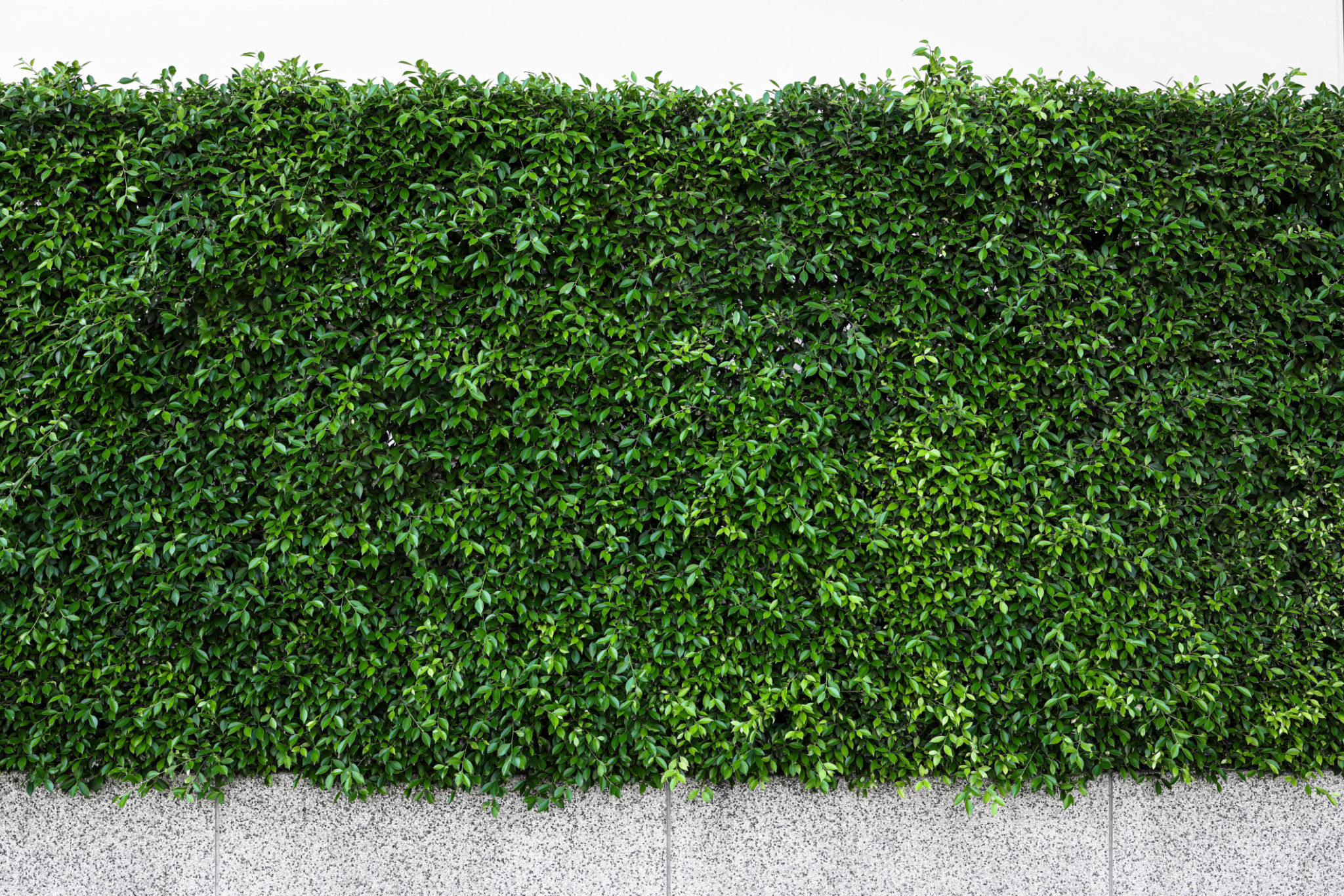The Science Behind Smart Green Walls: How Technology Enhances Green Living
The Intersection of Nature and Innovation
In recent years, urban environments have witnessed a surge in the adoption of green walls, also known as living walls. These innovative structures are not just aesthetically pleasing; they also improve air quality and enhance the overall ambiance of spaces. However, the true marvel lies in how technology has revolutionized these vertical gardens, making them smarter and more efficient than ever before.
Green walls are no longer just about plants growing on a vertical surface. Thanks to advancements in technology, these walls are now equipped with sensors and automated systems that ensure optimal plant health and growth. This seamless integration of nature with technology is what makes smart green walls a pivotal component of modern green living.

Smart Technology at Work
The backbone of smart green walls is an array of sensors that monitor various environmental conditions. These sensors track temperature, humidity, light exposure, and even soil moisture levels. By continuously collecting data, the system can adjust its operations to ensure that plants receive exactly what they need to thrive.
For instance, if a sensor detects low moisture levels in the soil, an automated irrigation system can be triggered to supply the necessary water. Similarly, if light levels are insufficient, artificial lighting can be adjusted to provide adequate illumination. This smart technology not only maintains plant health but also conserves resources by using only what's necessary.
Automated Irrigation Systems
One of the most significant technological advancements in smart green walls is the development of automated irrigation systems. These systems are designed to deliver water efficiently based on the specific needs of the plants. By utilizing data from sensors, these systems prevent overwatering or underwatering, which can be detrimental to plant health.

Moreover, many systems are now equipped with remote control capabilities, allowing users to manage their green walls from anywhere using a smartphone or computer. This feature is particularly beneficial for busy individuals or organizations that want to maintain beautiful green spaces without constant manual intervention.
Benefits Beyond Aesthetics
While the immediate visual appeal of green walls is undeniable, their benefits extend far beyond aesthetics. Smart green walls act as natural air purifiers, removing pollutants and toxins from the air. They also help regulate indoor temperatures by providing insulation and reducing the need for artificial heating or cooling systems.
Furthermore, these living structures contribute to noise reduction by acting as natural sound barriers. The combination of plants and technology thus creates a holistic solution that enhances both environmental and human well-being.

Integration with Smart Home Systems
As smart technology continues to advance, the integration of green walls with smart home systems is becoming increasingly seamless. Modern smart homes can now include green walls as part of their ecosystem, where they communicate with other devices to optimize energy efficiency and environmental quality.
This integration means that green walls can be programmed to operate in harmony with other smart devices, such as thermostats and air purifiers, creating a cohesive and efficient living environment.
The Future of Urban Greening
Looking ahead, the potential for smart green walls in urban settings is immense. As cities strive to become more sustainable and environmentally friendly, these living structures offer a viable solution for incorporating nature into dense urban landscapes. The continuous development of technology will only enhance their functionality and accessibility.
By embracing the science behind smart green walls, urban planners and developers can contribute to building healthier cities that prioritize both ecological sustainability and human health. As technology evolves, so too will our ability to create innovative solutions for greener living spaces.